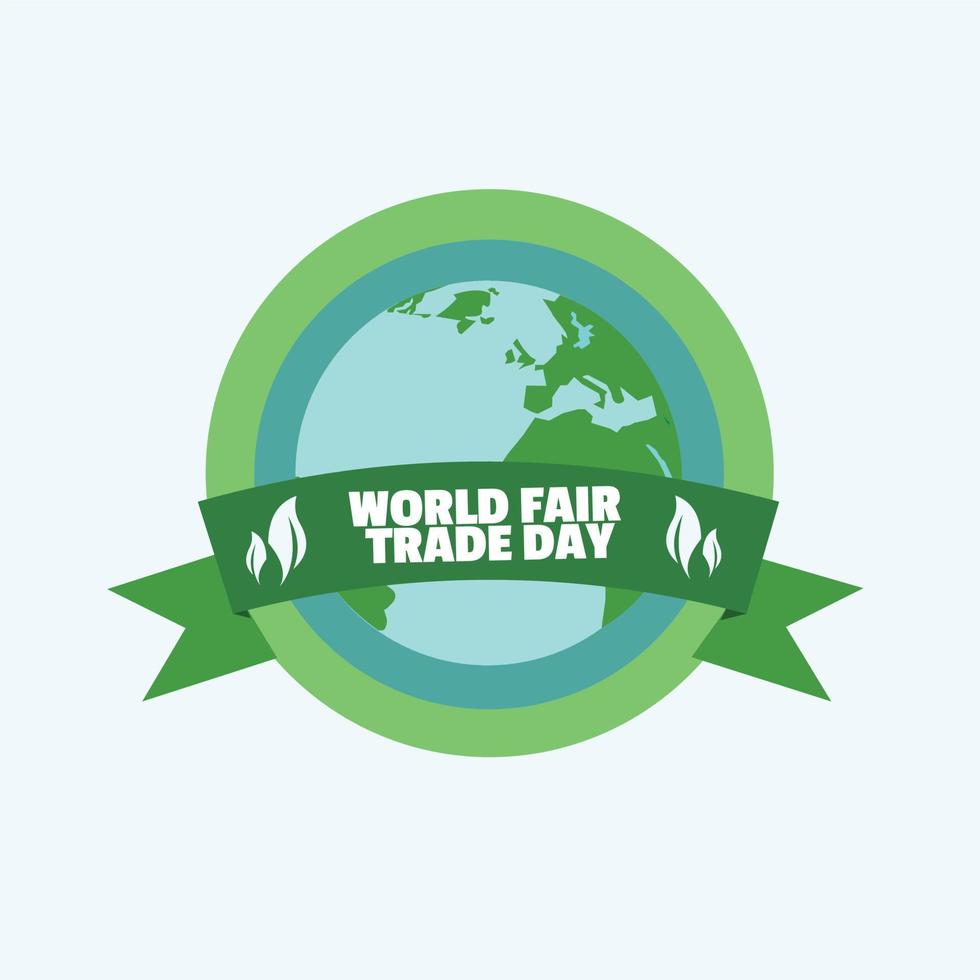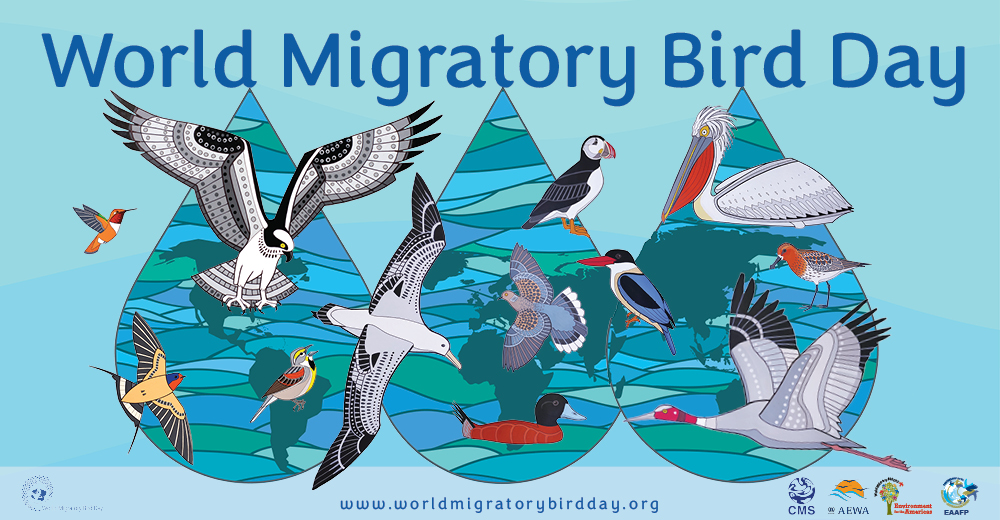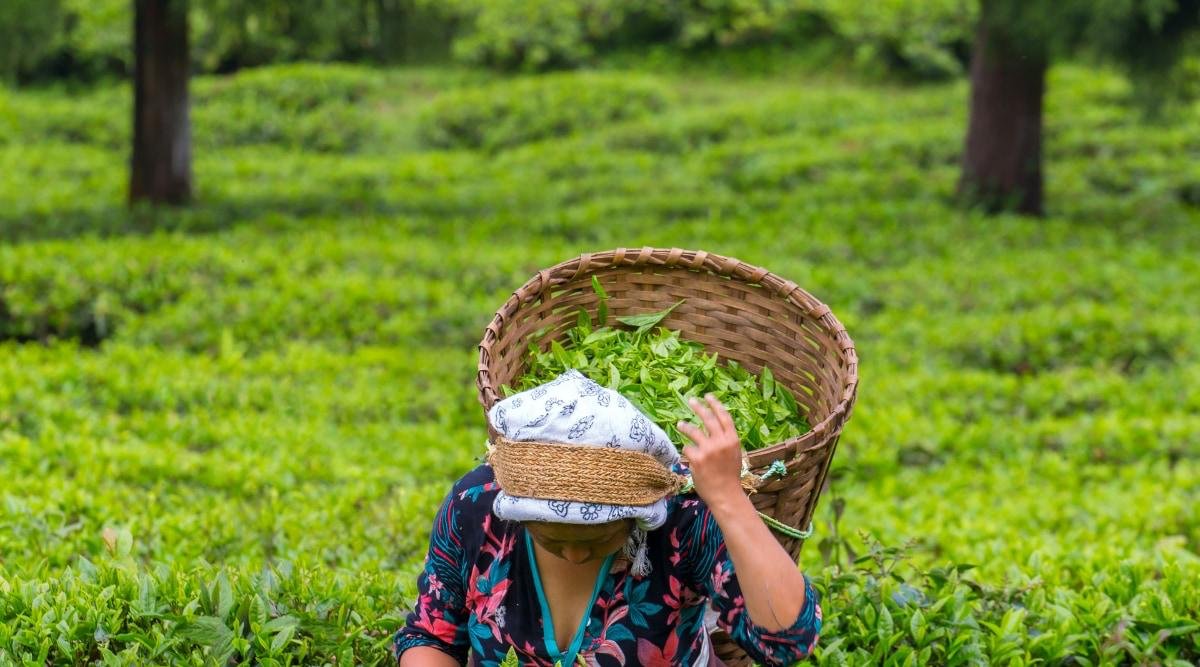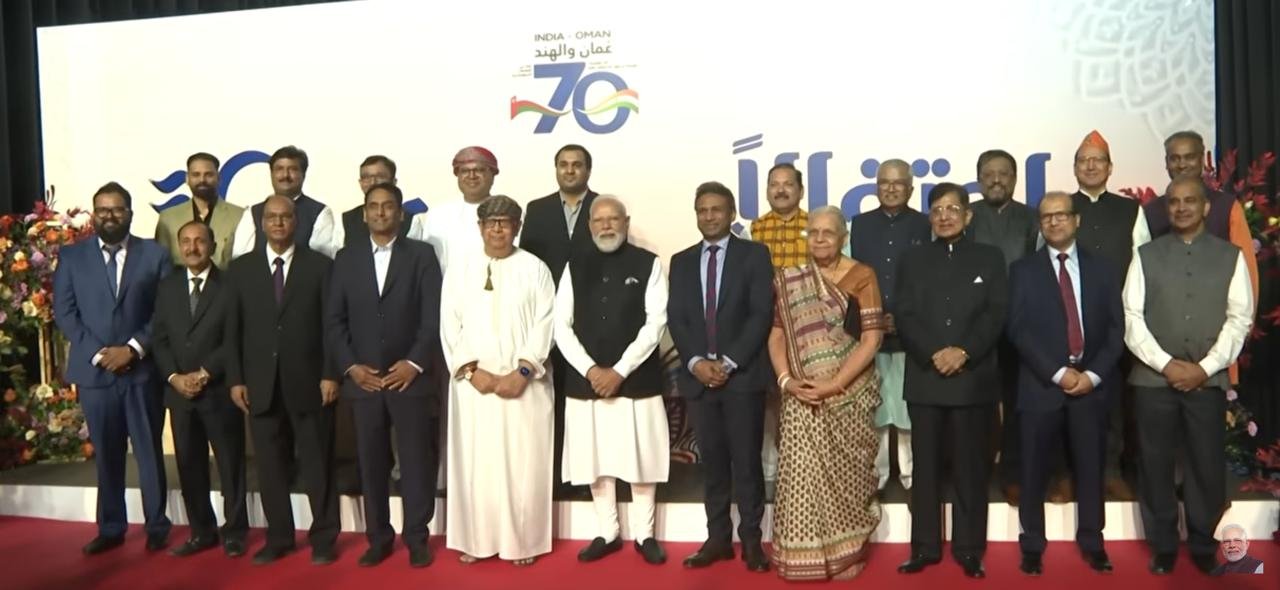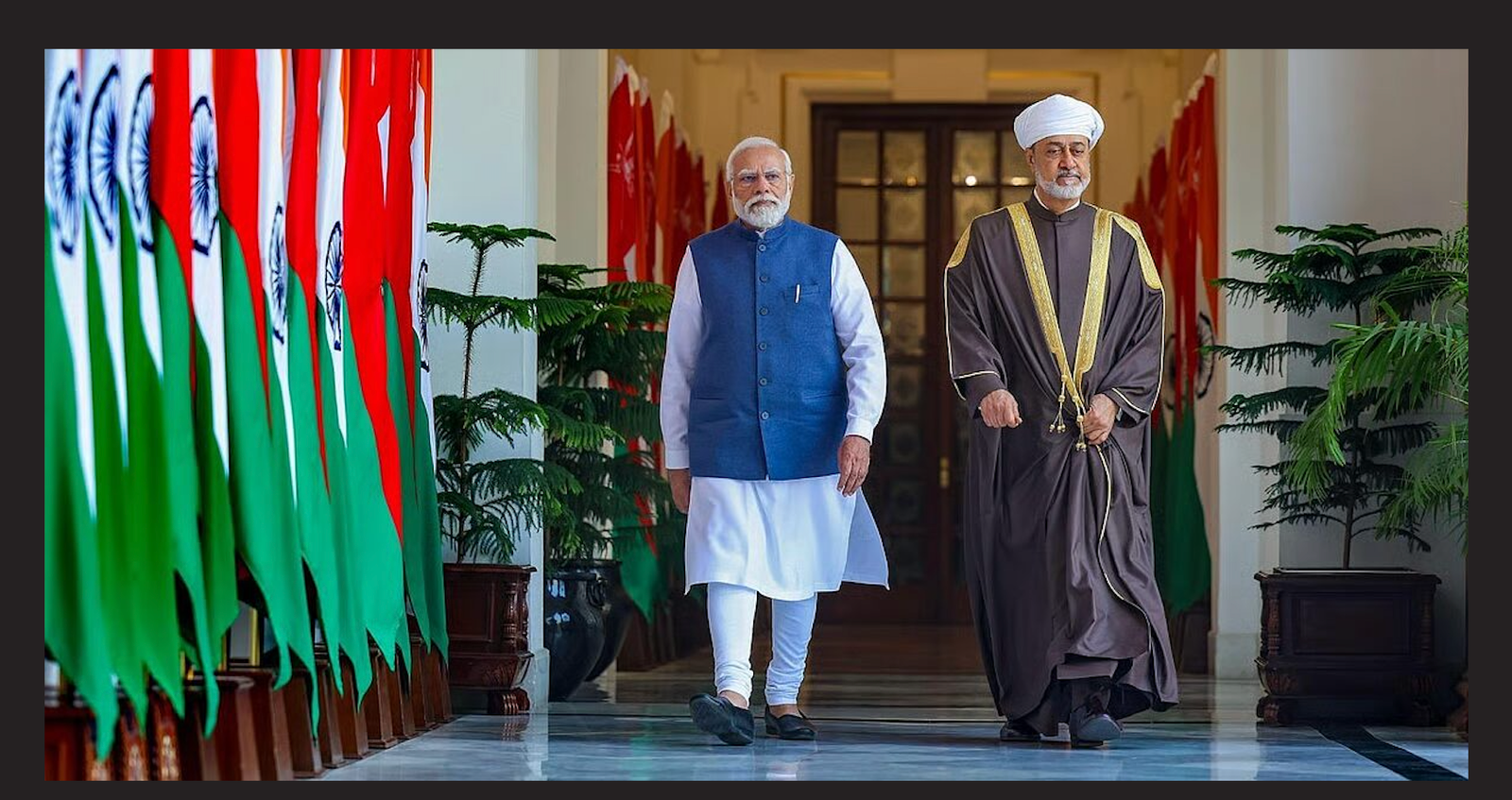A report from ETTravelWorld, mentioned that with the focus on healthcare and wellness globally, there was a huge demand and potential for the sector to be an important business service that India had to offer
Medical tourism was one of the fastest-growing sectors in the Indian economy and India is recognised as a global medical tourism hub. A report from ETTravelWorld, mentioned that with the focus on healthcare and wellness globally, there was a huge demand and potential for the sector to be an important business service that India had to offer.
With further investments in building infrastructure, technology, and services and by ensuring a seamless experience for international patients, this sector has the potential to become a leading foreign exchange earner for the country and had the potential to be integrated into a much larger tourism eco-system. Sunil Talati, Chairman, Services Export Promotion Council (SEPC) pointed out: “According to the Tourism Ministry, medical tourism in India was valued at around USD 3 billion in 2015 and was expected to grow to USD 9 billion in 2020 before Covid-19 struck.” According to statistical data, in 2019 alone, about 697,453 foreign tourists came to India for medical treatment. Talati said: “In recent years India has become a popular destination for foreign tourists seeking quality treatment at a cheaper price. Every year, several thousands of people come to India for medical treatment. Generally, people mostly come from Asian and African countries. A good proportion of people also come from so-called bubbled countries like the USA, UK, and
Australia. The general pattern of choosing destinations, witnessed among medical tourists arriving in the country, is that Delhi, Mumbai, Chennai, Bangalore, Hyderabad, and Kolkata remain their top priority. It is reported that Chennai draws in around 15 per cent of the incoming foreign patients while Kerala manages around 5 to 7 per cent.”
Talati mentioned to ETTravelWorld, that the Ministry of Tourism, Government of India, had taken several initiatives to promote India as a Medical and Health Tourism Destination. The number of
Foreign Tourist Arrivals (FTAs) in India on medical visa had grown to an astounding 697,000 in 2019 from 495,056 in 2017. The Ministry of Commerce and Industry, and SEPC have developed a healthcare portal for seekers and potential medical tourists from across the globe which functions as a comprehensive, one-point information site that covers hospital-related and travel-related information on India. The digital portal covers 124 accredited medical facilities across 93 medical centres, 30 Ayurveda and wellness centres, and one special category centre.
Speaking about the challenges and opportunities in the sector, Talati said that with the relaxation in restrictions, it was only a matter of time before the sector begins to grow at pre-pandemic levels and even exceed it. Support to the sector in the form of incentives and new schemes would go a long way to help the sector recover post the pandemic. The industry needs tax incentives, relaxation on duty or reduction in duty for import of medical equipment, developing infrastructure especially transportation and cooperation amongst all key stakeholders both public and private is the key to sustain the growth in the sector.
As travel and tourism was a key sector for SEPC, it would organise thought-provoking webinars as part of a confidence-building exercise for the industry and get foreign tourist facilitators on board for such discussions. “As we have a strong connection with the embassies, we would rope them in and have sessions with global tour operators and other organisations to reinstate their confidence in the Indian tourism industry,” he said.
“India is witnessing strong competition from destinations like Thailand, Malaysia, Singapore, Turkey, South Korea with low-cost options.”
SEPC was ready with the revamped medical value tourism portal. Talati went on to say, “We would enhance its value by adding a sub icon/section about all tourist spots in India. We can promote the concept of business tourism through this portal. We would organise regular discussions and interactions with the members and other stakeholders in the ecosystem for a better understanding of burning issues and formulate strategies ahead as ordinances to support the cash flow to tourism operators in the face of cancellations, licence fee to license hotels, travel agents, and tourist guides, a rebate to parking charges for airlines, etc. We are also planning to organise India Heals (an event dedicated to Healthcare Services) during August 2022 in New Delhi.”
Talati pointed out some issues that were obstructing the growth of medical tourism. “Despite several initiatives in place, the medical tourism industry of the country still faces some serious challenges. The potential of medical tourism in India and making India a hub is still at the budding stage. The stakeholders and the government have only been able to scratch the tip of the iceberg. One of the major challenges that India is facing is promoting and creating awareness about the state-of-the-art facilities in India,” said Talati.
India, he said, was witnessing strong competition from destinations like Thailand, Malaysia, Singapore, Turkey, South Korea with low-cost options. In India, there is a lack of cohesiveness amongst the major players in the industry to come together and represent India on a world platform to acquire newer geographies. Apart from these, inconsistent fee structure and lack of transparency in billing to foreign patients, and absurdly high margins to trade to refer patients are some of the challenges. He emphasized that most Indian hospitals were also facing a lack of trust from foreign patients.
************************************************************************
Readers



